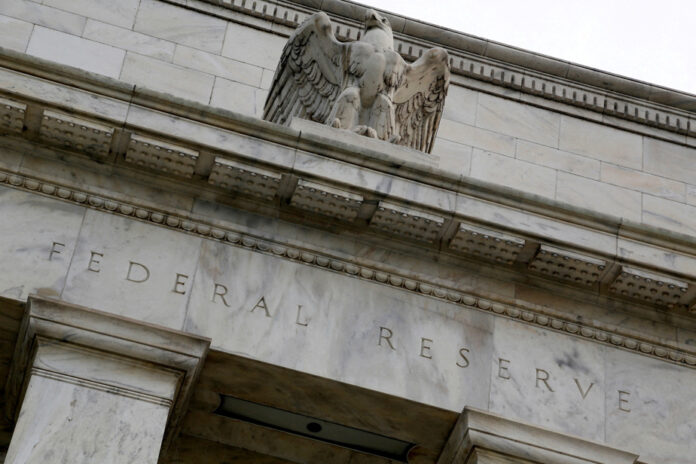(Washington) The US Federal Reserve (Fed) began its two-day meeting on Tuesday during which it is expected to decide to keep its rates in their current range, even if its president, Jerome Powell, considers inflation still “too high “.
The meeting of the monetary policy committee (FOMC) “started at 10:30 a.m. as planned,” a Fed spokesperson told AFP. It will end at midday on Wednesday with Mr. Powell’s traditional press conference.
The decision will be announced on Wednesday at 2 p.m. in a press release. However, it should cause few surprises, as almost all market participants predict that the Fed will extend its pause in rate increases, the third pause in four meetings.
Overnight rates are currently located in a range between 5.25% and 5.50% since the meeting at the end of July, after eleven increases since March 2022. This very rapid rate of increase in credit prices is justified by the desire to prevent inflation from becoming anchored in market and consumer expectations.
Inflation has slowed sharply since peaking in July 2022 at 9.5% and stood at 3.0% year-on-year in October, according to the PCE index, which is favored by the Fed.
The other inflation index, CPI, to which Americans’ retirement pensions are indexed, slowed slightly on Tuesday, to 3.1% year-on-year in November.
The objective of a return to the long-term target of 2%, targeted by the Fed, therefore seems to be getting closer, but Fed President Jerome Powell calls for caution and above all not to declare victory too quickly.
“It would be premature […] to speculate on when policy might be relaxed,” he warned in early December, “this progress must continue if we are to achieve our 2% target.”
For Diane Swonk, chief economist for KPMG, “The Fed is clearly satisfied with the progress made on inflation, but will not talk about victory and lowering rates until the latter has returned to a more sustainable pace.”
The continued good performance of the American economy, despite the sharp rise in rates supposedly causing a slowdown, explains this caution on the part of Fed officials.
The labor shortage, leading to historically low unemployment, has fueled the rise in wages, maintaining the purchasing power of households despite inflation and therefore consumption, the main driver of the American economy.
According to the CME FedWatch measurement tool, the vast majority of analysts anticipate rates will remain at their current level.
During its meeting, the Fed will also update its economic forecasts, in terms of inflation, unemployment, GDP growth and rate levels.















